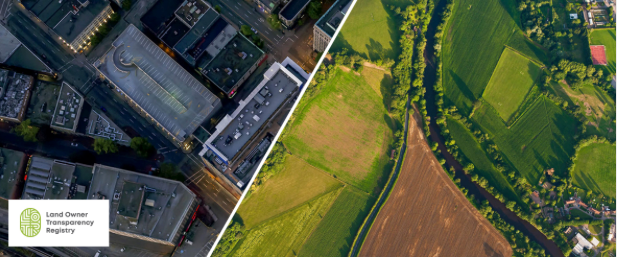Vancouver unveils plan to accommodate population growth through 2050
- Admin
- Apr 25, 2022
- 2 min read
CTV News Vancouver
Nearly three years in the making, the draft Vancouver Plan was released by the city Tuesday.
The draft lays out a land-use plan for growth and development until 2050 as the city’s population is set to increase by 260,000.
“Land use directs the location, type, and intensity of different uses. These uses include homes, businesses and services, industry, agriculture, public facilities, parks and open space,” the plan says.
“Uneven patterns of development and investment over time have created an uneven distribution of housing, jobs, shops and services, transit, amenities, tree canopy, and exposure to hazards across Vancouver."
Planning began in the fall of 2019, and the final plan will be presented to city council this June. It outlines some of the significant challenges facing Vancouver and strategies for confronting them.
The number one challenge identified is affordability, as Vancouver continues to see the highest home prices and rental rates in the country. The plan will allow for purpose-built rental and social housing in almost every area of the city, as well as the building of townhouses and multiplexes in an attempt to create “missing middle” options for homeownership.
“Thirty-five percent of renter households pay more than 30 percent of their income on rent and homeownership is not within reach for most residents who do not already own property. Two thousand people experience homelessness in the city, and approximately 7,000 more are on the precarious edge of homelessness,” the report reads.
“Forty percent of the city’s jobs are held by workers who commute in from the suburbs, partly because it is difficult for them to find affordable housing options close to where they work.”
Half of the city’s jobs are concentrated on just 10 percent of the city’s land, which the report says is also driving up commercial rents.
The plan also stresses the need to create what it describes as “complete neighbourhoods,” in which residents have access to the services, businesses, and amenities they need close to where they live.
“Today, only 15 percent of the housing in Vancouver consumes more than half of the land and 31 percent of residential areas do not have enough people living in them to support local businesses,” the report says.
“Over half of Vancouver residents live in neighbourhoods without walkable access to daily needs such as food and services … We need to add more housing options in existing neighbourhoods that are well-served by amenities, and add more amenities in underserved areas.”
The plan splits the city into seven neighbourhood types, outlining priorities for land use within them, including what types of housing will be permitted and prioritized.





Comments